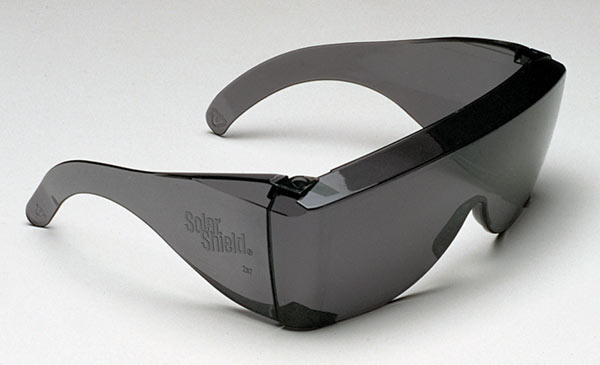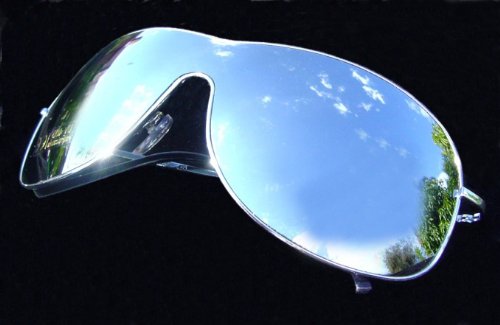I've recently switched back to using contact lenses.
I've worn them before, both the old hard lenses and the slightly
less old rigid gas-permeable type, but in those days the ones
available to me could only correct spherical aberration (myopia in my
case), not cylindrical (astigmatism), of which I have enough to make
this a nuisance.
These days one can get lenses where one surface is a section of a
torus rather than of a sphere, and weight built into the structure of
the lens keeps it in the right orientation.
The other virtue that's drawn me back to contacts is extended wear;
the ones I'm using are in theory good for up to thirty days of
continuous use, and certainly I'm not having any problems so far,
though at the moment I'm taking a day off once a week to be on the
safe side. This means much less faff and fiddle at the start and end
of each day (and indeed in the middle of the night).
The thing that's surprised me most is how much bigger they are than
the old rigid lenses, something like twice the size – nearly covering
the cornea. Even getting them into the eye is more work, needing a
wide opening of the eyelids, and getting them out was significantly
challenging at first (the trick for me was to watch lots of youtube
videos on the subject, and to realise that a certain amount of gentle
fingertip pressure was acceptable). On the other hand, they're
entirely self-locating: they haven't (yet) come away from their
location on the cornea, and even if I insert them off-centre they
immediately move into the right place with a little blinking.
I was expecting to have more difficulty in learning to poke fingers
at my eyes, but apparently that isn't a problem.
So now I can wear sunglasses…


- Posted by Owen Smith at
02:01pm on
03 March 2015
I just have a separate pair of prescription polarising sunglasses.
Also, my focus accomodation is nearly gone. So I need quite different prescriptions for reading and for distance vision for driving (my natural focus is about 4 feet away).
I tried varifocals last year and I couldn't get the hang of them, they gave me splitting headaches for a month until I gave up. I nearly fell down stairs twice with the varis, I found having to tuck my chin into my chest to focus on the stairs very annoying. While driving I couldn't just glance in the wing mirrors, because they're low enough they're in the reading distance part so I had to move my entire head to just glance in the mirrors. This resulted in me not using my wing mirrors, not a desirable outcome. Finally varis completely wreck wide peripheral vision, my brother is a dispensing optician and he says it's an optical challenge that hasn't been solved yet. How anyone puts up with varis is beyond me, but my dad loves his.
I am unconvinced by contact lenses. And the fact that I don't need my vision corrected at all for wandering around the house, eating food, socialisng with friends etc. is a dis-incentive to do anything.
- Posted by RogerBW at
02:27pm on
03 March 2015
My eyes seem to have to work harder to accommodate, particularly close-up, but the quality of vision is vastly better than with glasses so I don't mind. (It may be that I was just very bad at keeping glasses clean.) I may end up getting reading glasses for evening games when I'm tired.
Varifocal contacts are available but seem too much like hard work, and I believe they don't also correct astigmatism in the same lens.
Peripheral vision was another reason for me to go to contacts: even with large eyeglass lenses, I was always aware of a frame in my visual field.
Not for everyone: a faff, and about as expensive as a new pair of glasses each year. But it seems to be working for me.
Comments on this post are now closed. If you have particular grounds for adding a late comment, comment on a more recent post quoting the URL of this one.